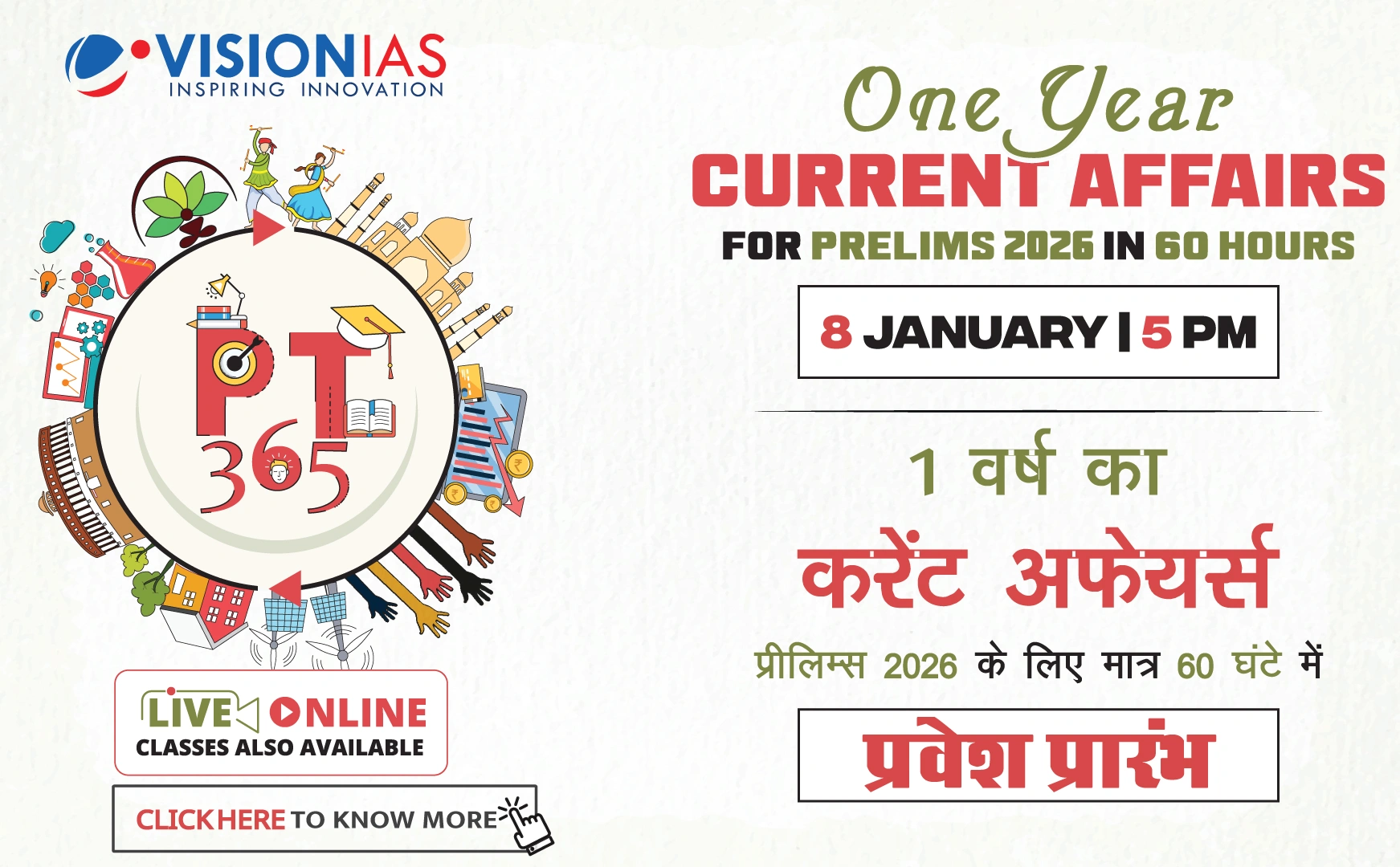Milk Consumption Disparities in India
Despite India's success in becoming the world's largest milk producer due to the White Revolution, there are significant disparities in milk consumption across different socio-economic groups and regions.
Importance of Milk
- Milk is a vital source of protein, calcium, and other micronutrients.
- Research links milk consumption to lower odds of stunting, underweight, and anthropometric failure in children aged 6 months to 5 years.
Disparities in Milk Consumption
- Top-income households consume 3-4 times more milk per capita compared to the lowest-income households.
- The poorest 30% consume only 18% of India's milk.
- Consumption disparities are evident in urban-rural and regional divides, with urban households consuming 30% more milk per capita.
- Scheduled Tribe households consume four litres less milk per capita compared to general category households.
- States like Rajasthan, Punjab, and Haryana have higher per capita consumption compared to eastern states like Chhattisgarh, Odisha, and West Bengal.
Barriers
- Affordability: Meeting the recommended 300g of milk daily would require 70% of households to spend a significant portion of their monthly expenditure on milk.
- Overconsumption: Affluent households often consume more than double the recommended levels, leading to concerns about overnutrition and non-communicable diseases.
Recommendations:
- Enhance milk provision through schemes like Pradhan Mantri Poshan Shakti Nirman (POSHAN) and Integrated Child Development Services.
- Boost financial allocations and explore innovative financing options such as social bonds and CSR funding.
- Emphasize nutritional benefits and healthy consumption through awareness campaigns.
- Encourage moderation in milk consumption among affluent groups.



